You can’t get better at the pool at once, but there are skills you can master earlier to significantly improve your game later on.
Whether you call it pool, snooker, or billiards, one thing we all can agree on is that it’s a great game. It is fun, stress-relieving, and keeps you on your feet.
You will need to learn several skills to be good at the game. You will also have to keep your head cool and calculate each shot. There is a huge learning curve, but there are ways to learn faster
Here are our top ten tips to help you get better at the pool.
1. Practice Alone
Practicing is fundamental to get good at any game. You will have to put in hours to even get decent at the pool. Even professionals train every day to excel in their skills. But as a beginner, it is more beneficial to practice alone than with a group or a partner.
It’s a different story if you are practicing with someone who is better at the game and can share critical pointers. But if it’s someone on your skill level then it’s best if you practice alone.
You will also need the right gears to practice. A high-quality cue can improve your shot and aim. The top pool cues are not all expensive, but you have to choose the right one.
2. Learn the Basic Shots First
Many people spend hours learning crazy cool trick shots. If your goal is only to make trick shot videos, you can spend time on that. But if you want to be good at the game, leave the trick shots for later, and learn some basic shots that will help you in the game.
Spend time mastering draw shots, follow shots and stun shots. Stun shots or stop shots are extremely important. It is an angled shot where the cue ball follows a tangent line when it is struck. On top of the basics, practice your long rail shots and long straight end shots.
3. Find out Your Weaknesses
It is fun to learn new shots, but you have to cover your weaknesses as well. Stance, positioning, and shots, you will have to learn them all. If your follow shot does not go all the way down the table, and your draw shot does not come back then there is a need for more practice.
This is not going to be fun, but you need to spend more time focusing on the steps you are struggling with. Find your weaknesses to get better at the game.
4. Don’t Bang the Balls into the Pocket
You should only hit the ball hard enough to reach the pocket. After you get a hold of that, hit the ball hard enough, so it reaches the pocket and repositions itself to a good spot. If you bang the ball hard, you might reach the pocket, but you will not get a good position for your next shot.
One of the easiest ways to get good at the game is to adjust your strength and stroke to not bang the ball in the pocket.
5. Don’t Grip too Hard
The pool is not about strength. You need to assess the situation and calculate your shots. Many beginners grip the cue too tightly and miss their shots. You may think gripping it tightly is better for accuracy but instead, it might raise the end of the cue and make it harder to make straight shots.
You will have to hold a pool cue stick with a soft grip where the cue should rest on your fingers. Your pinky should stay free, and the cue should not even touch the palm. Practice more to better understand your grip strength and gain control over your shots.
6. Learn the Pendulum Swing
Now that you’ve got a hold of your grip, it’s time to work on that swing. Making the perfect shot is not just about hand-to-eye coordination. You will have to align your body with your eye line as well. Your upper arm has to stay still the whole time.
Image your upper and lower arm as a pendulum where the upper arm has to stay still, and the lower shooting arm has to swing back and forth to make the shot. Your shooting arm has to be positioned under the elbow. Your backswing needs to be slow, and your front swing should control your shot.
7. Practice Your Stance
Perfecting your stance can take a long time. There is no definite perfect stance, but you have to get the basics right to improve your game.
Your front and back foot should be one shoulder-width apart. Balance your weight on both feet and always lower your head when you lean forward. You have to be consistent and comfortable in your stance. If any of it feels straining then change it, but try to stay low and balanced.
Don’t break your stance immediately after your shot. Stay low and see where each ball goes. Once they stop rolling, assess your next shot and break your stance if you want to shoot from a different position.
8. Walk Around to Assess Your Shots
Walk around the table to visualize your shots from different angles. If you are uncertain with your shot, just circle the table once, and you might find opportunities you didn’t realize were there before.
9. Work on Your Aiming Line
The path to your ball and the pocket is not always going to be obvious. Sometimes you do not have to create your lines. You will need to work with complicated angles and combo shots.
Envision the line you want your ball to go and return. Envision a line from the center of the target ball to the cue ball. These imaginary lines will help you calculate and predict your next shot. This should be a regular part of your pre-shot routine.
10. Don’t be Lazy with Your Shots
Many people miss their shots just because they do not use the bridge for their shots. If you can not reach it, do not shoot behind your back, or reach and shoot.
Practice with the bridge and slowly learn to play with your off-hand if you want to hit those long shots but do not ignore the bridge.
Final Thoughts
We can go on with more tips on improving your game, but we believe if you can master these ten skills, learning other shots and skills will become much easier. So get your cue ball ready and start practicing today.
You can view the original article HERE.
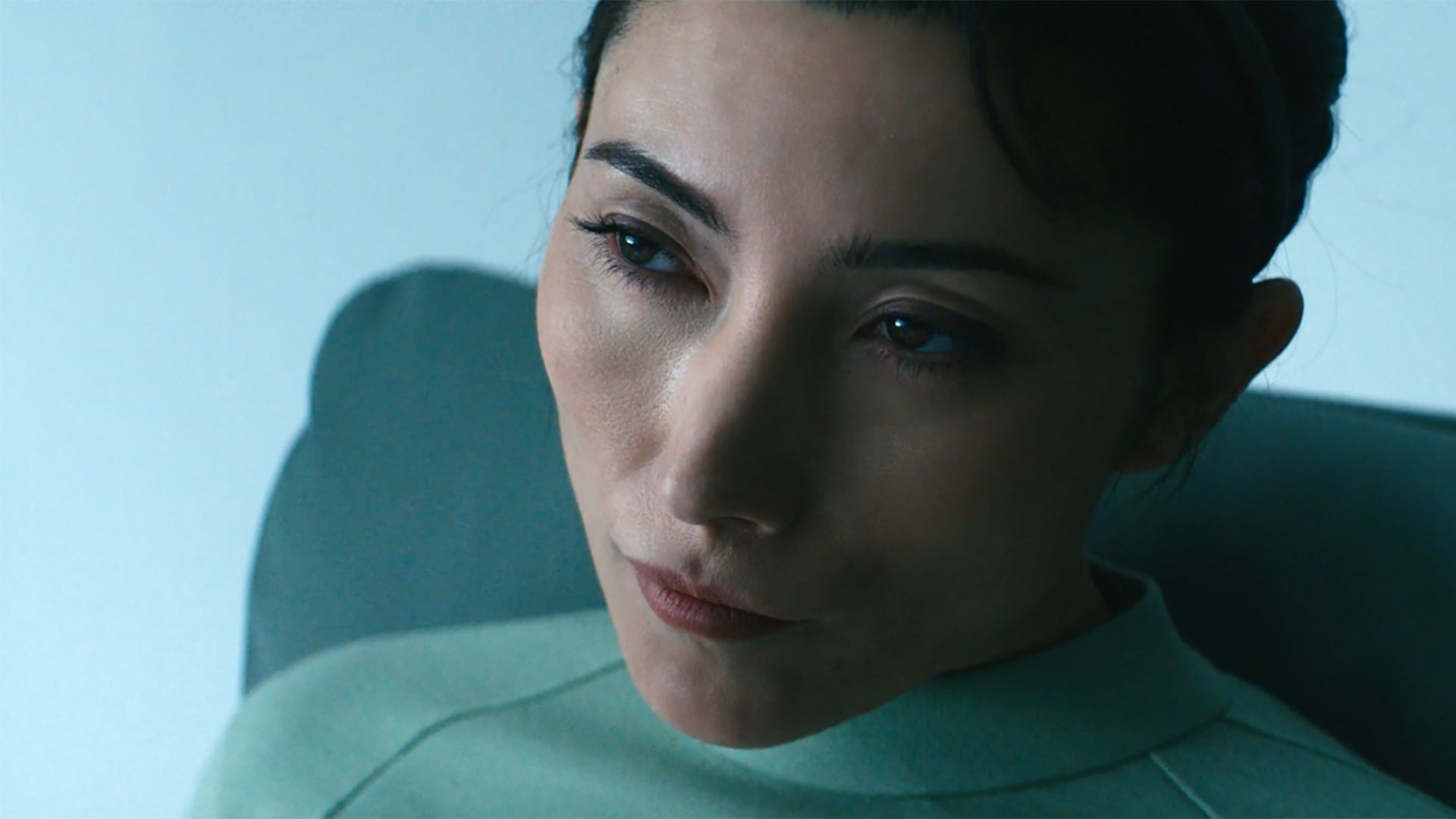


:quality(85):upscale()/2025/02/27/808/n/1922398/26784cf967c0adcd4c0950.54527747_.jpg)
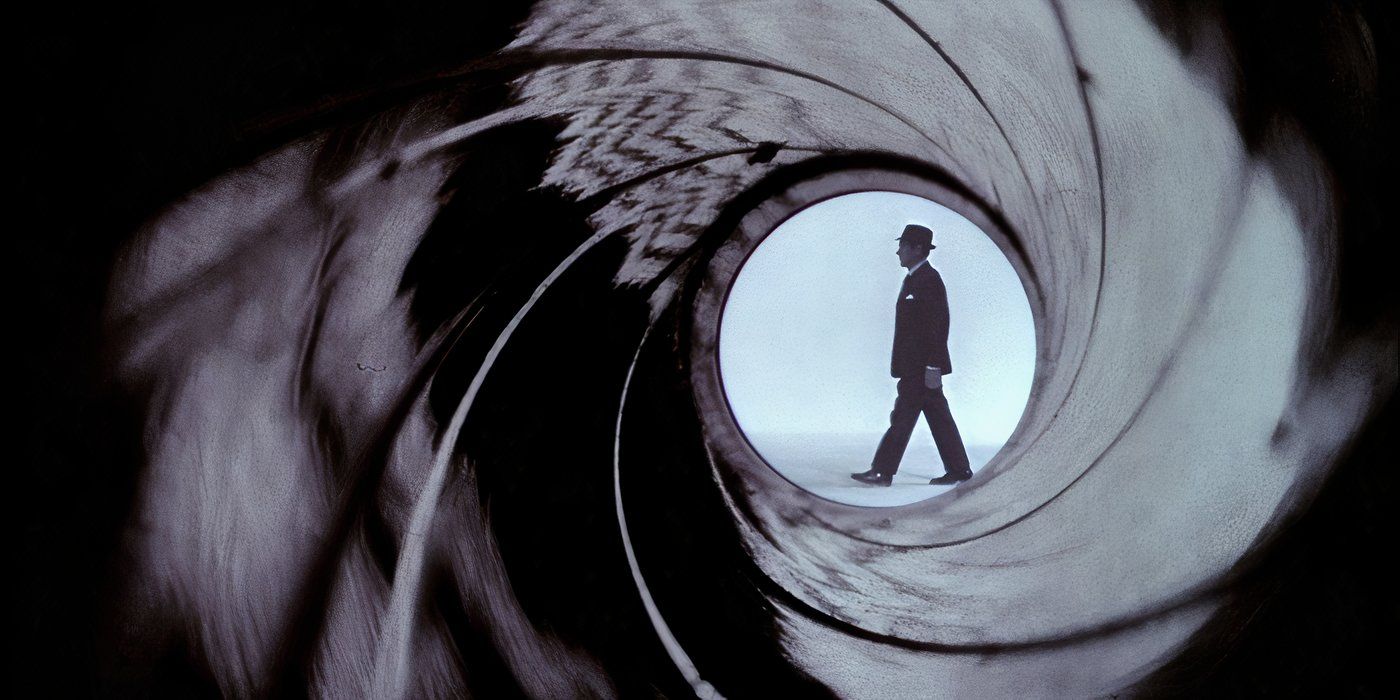










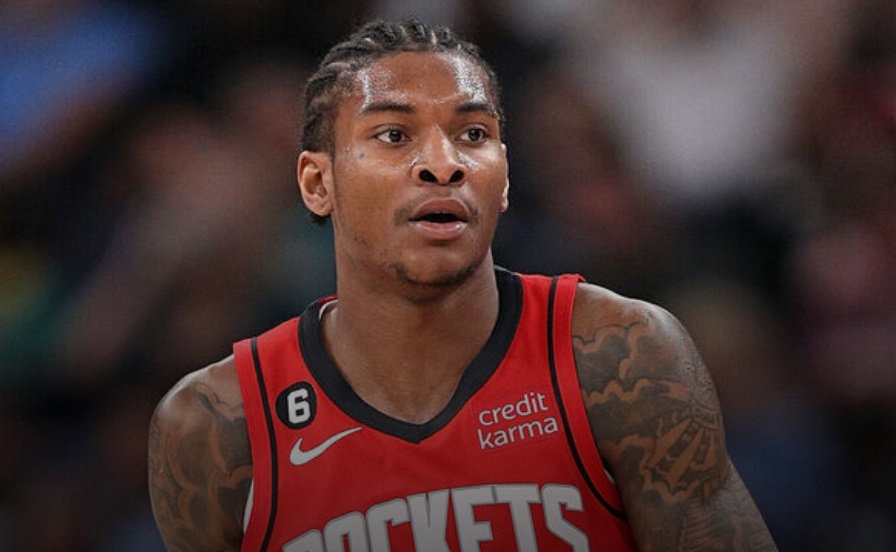
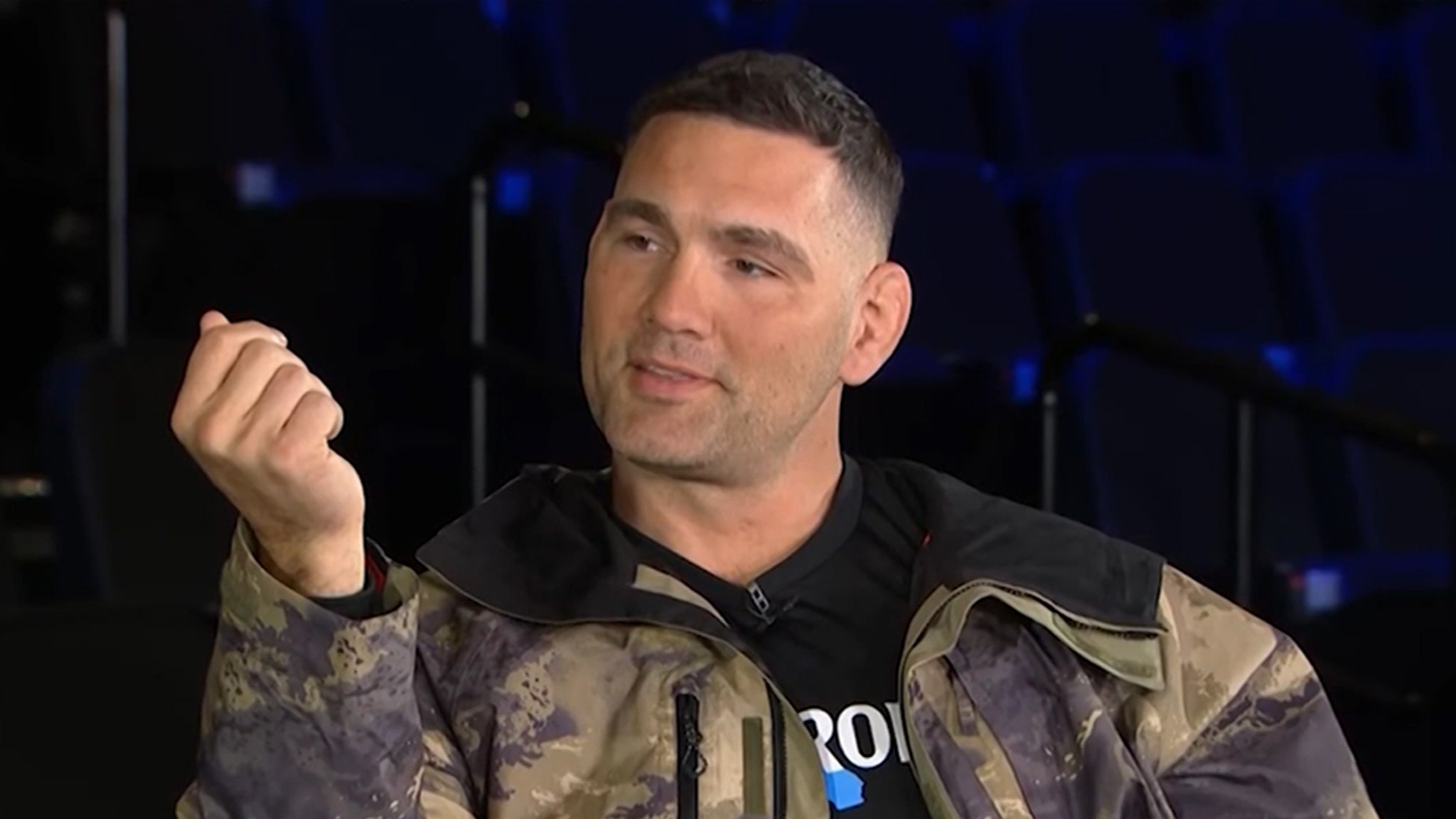




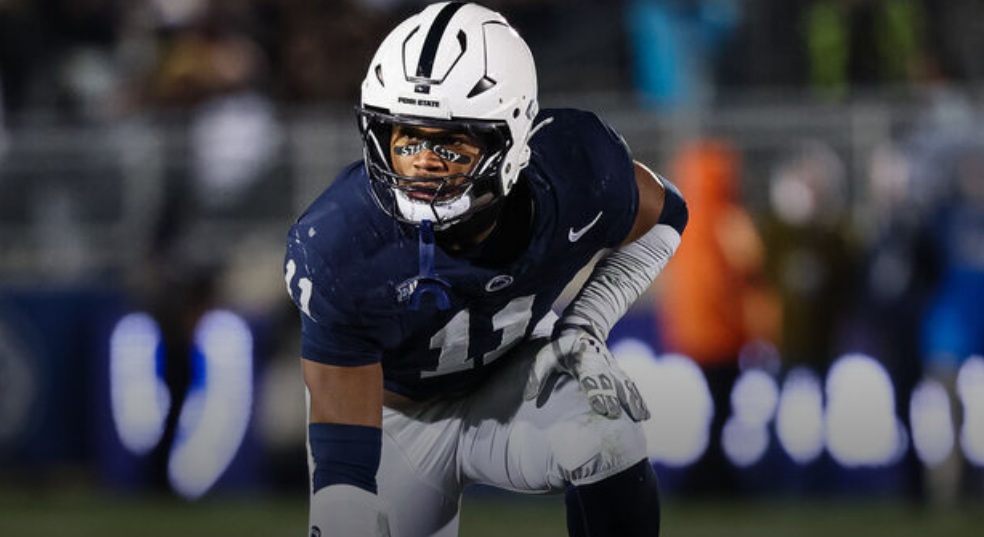

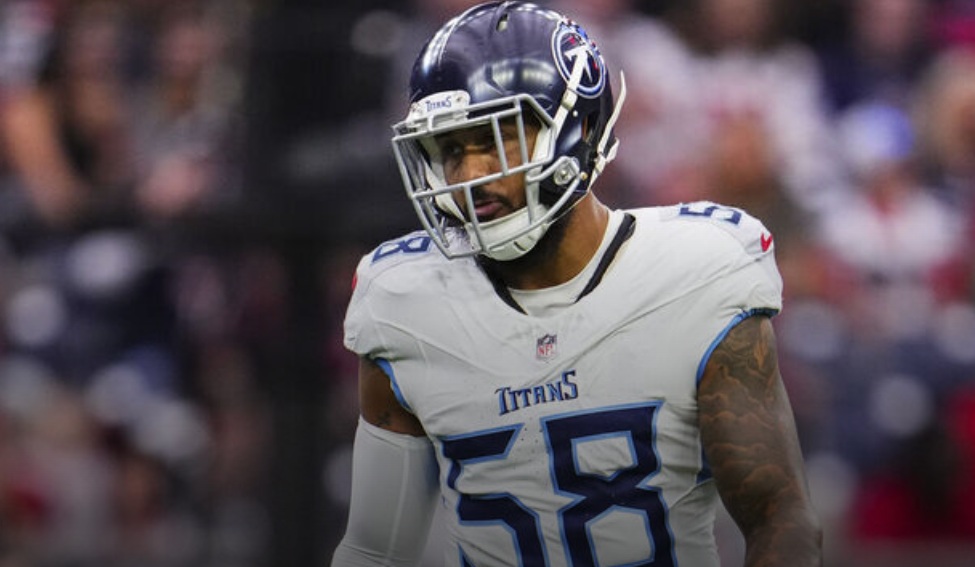
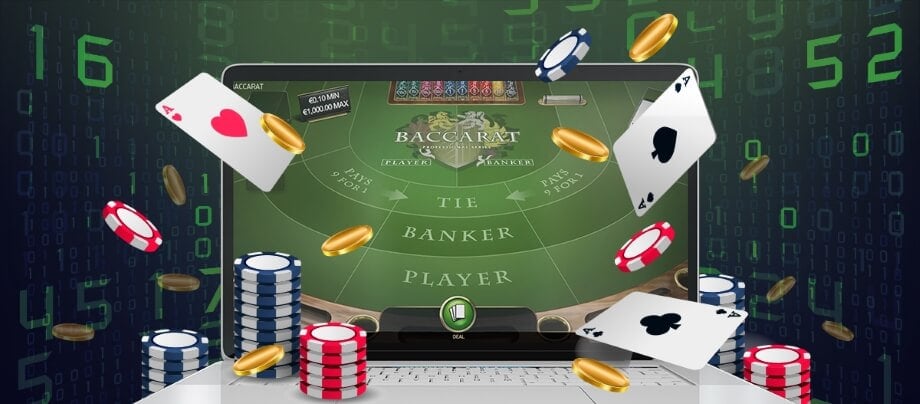




:quality(85):upscale()/2022/07/31/090/n/1922564/8c33802562e727e487cee1.31368987_.png)